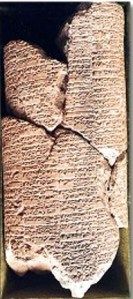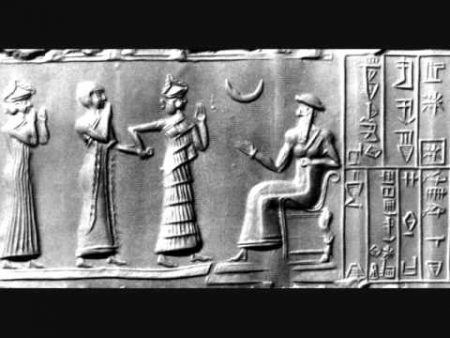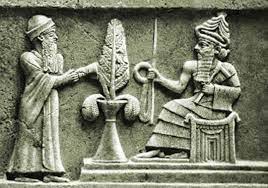Code of ur-nammu.First known written legal code. It was based on a legal system that established specialized judges, testimony under oath and the power of the judges to order the guilty to compensate for damages.

Code of ur-nammu;5 Facts You Must Know
- 1 Description
- 2 First Translation
- 3 Ur-Nammu
- 4 Related Links
- 5 Sources
Description of Code of ur-nammu

The Ur-Nammu Code is a code of laws dated between 2100 and 2050 BC. C., during the reign of Ur-Nammu of Ur 2112 – 2095 a. C., cited in the preface to the code. Despite this, some historians have thought that it actually dates from the reign of his son Shulgi , which is why it is also called the “Shulgi code.” It is written in Sumerian and corresponds to the Sumerian Renaissance period . Although it was not the first legal code, it is the first that has come down to us, being a precedent of the more famous “Code of Hammurabi”, written some three hundred years later.
First Translation of Code of ur-nammu
Samuel Noah Kramer made the first translation of the code and it was published in 1952 . It was based on his first find, two fragments found at Nippur . In them the preface and five laws were distinguished. Later another copy was found in Sippar , with slight variations. The code distinguishes two social strata, free men and slaves.
The text is structured in such a way that each crime is followed by a specific punishment, a structure copied in later codes. Unlike the Hammurabi code, whose popular maxim is “an eye for an eye, ” the Ur-Nammu code provides for financial compensation rather than physical damage as payment for certain crimes. However murder, robbery, adultery and kidnapping are considered capital offenses that do not admit such compensation.
Who Was Ur-Nammu
Ur-Nammu was a Sumerian general from Utu-hegal, who rebelled and dethroned him, founding the III dynasty of Ur, with which the Sumerian rebirth and a new stage of splendor in Mesopotamia would come as it was not seen since Sargon of Acad.To ensure his power, he ended the Lagash dynasty, and defeated Nammakhani in 2110 BC. C., almost at the same time as Utukhengal. With this, the support and subjugation of the Sumerian cities was guaranteed. Urnammu subdued Uruk, proclaimed himself king of Uruk and in turn successor of the mythical kings of the city, that is, an uninterrupted succession was invented that related him to Gilgamesh.
He was not an expansionist king, he did not try to build a great empire like Sargon and his successors. Instead he set about uniting the cities of Mesopotamiacentral and southern, and an intense reform work in the administration and construction of infrastructures. One of its great achievements was the creation of a code of laws, the Ur-Nammu Code, based on the economic reparation of damages, which aimed to unite the legal criteria of its entire territory, and guarantee the proper functioning of the economy. Sumerian cities lost the autonomy they enjoyed in another time and came under direct control of the king of Ur.
He is credited with an apparently extensive collection of poems on a Bacchic theme, none of which is preserved today. Also Ur-Nammu can be attributed the first code of laws, written around 2050 BC. The tablet belongs to the collection of the Museum of Oriental Antiquities in Istanbul .His successors would enjoy years of prosperity and political stability, which they would use to expand the borders and create the empire of Ur.
